Science by Doing is producing online curriculum units for Years 7 to 10, based on the Australian science curriculum. Ten term-length units are currently available and have been adopted in classrooms all around Australia. These units combine exciting hands-on activities, rich graphics, text, photography, cartoons, videos, sound files and digital interactives to engage students and offer them rich learning experiences.
Following are two examples of digital learning; video measurement and an interactive quiz.
The Science by Doing curriculum unit ‘Motion and Energy Transfer’ for Year 10 explores motion. Watch this video and see if you can answer the question – How does a ball fall?
You are invited to measure the motion by watching the slow motion video and advancing the video frame by frame.
Measure how far the ball drops in each quarter of a second using the ruler provided. Complete the table below and then construct a bar graph of the average speed for each quarter second. The first time interval has been done for you.
| Time interval | Distance fallen during each time interval | Average speed |
|---|---|---|
| 0 - 0.25 s | 0.28 m | = d/0.25 = 1.12 m/s |
| 0.25 - 0.50 s | = d/0.25 = | |
| 0.50 - 0.75 s | = d/0.25 = | |
| 0.75 - 1.00 s | = d/0.25 = |
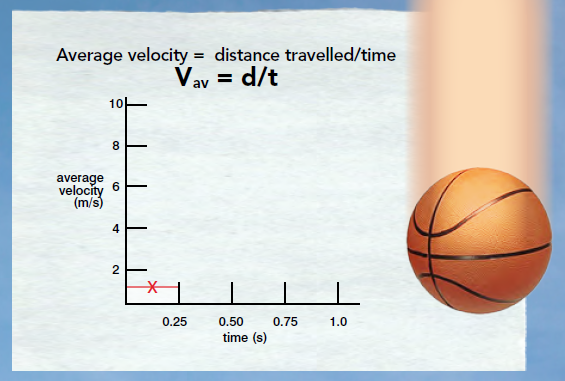
Students complete the graph above which then looks like the graph below.
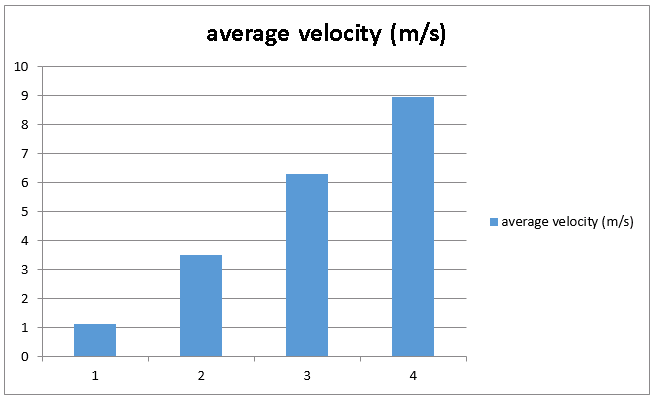
Despite small measurement errors, students learn from this exercise that falling objects increase in speed by regular amounts, which means that it has a constant acceleration.
Students can find out how much they have learned through an interactive quiz like this one in the Year 9 unit ‘Light, Sound, Action’.
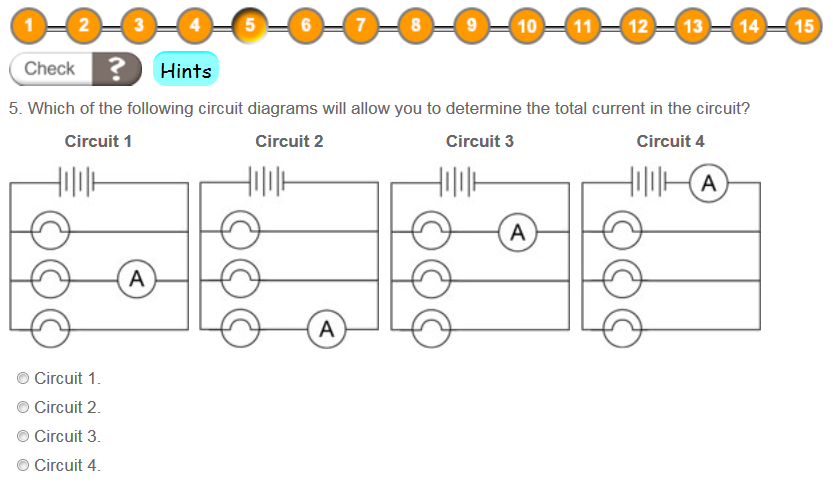
By clicking on Hints –
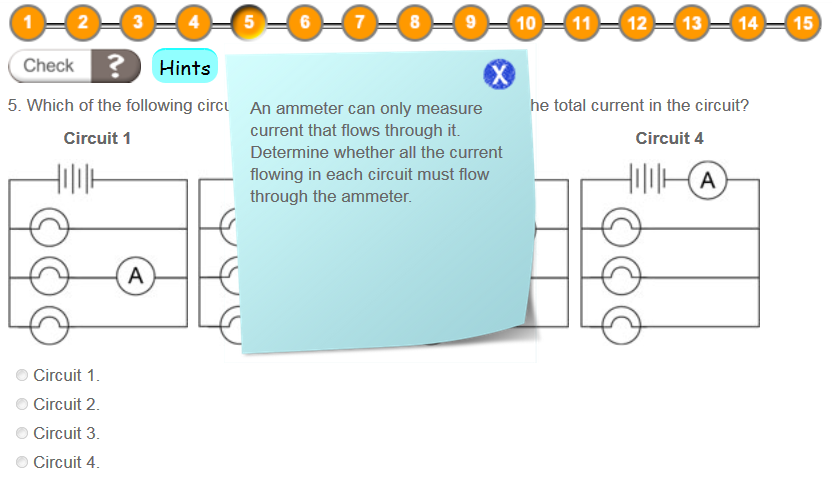
If a student chooses an incorrect answer–
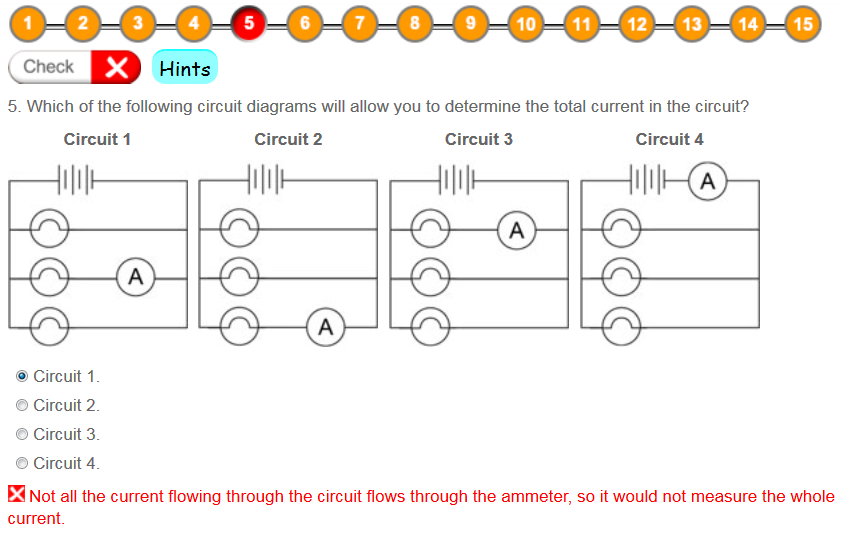
And if the student chooses the correct answer–
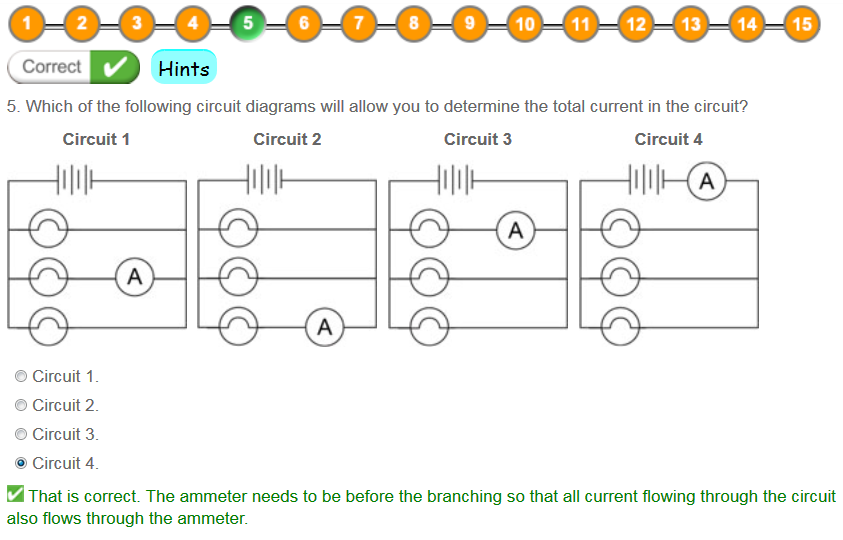
© 2025 Australian Academy of Science